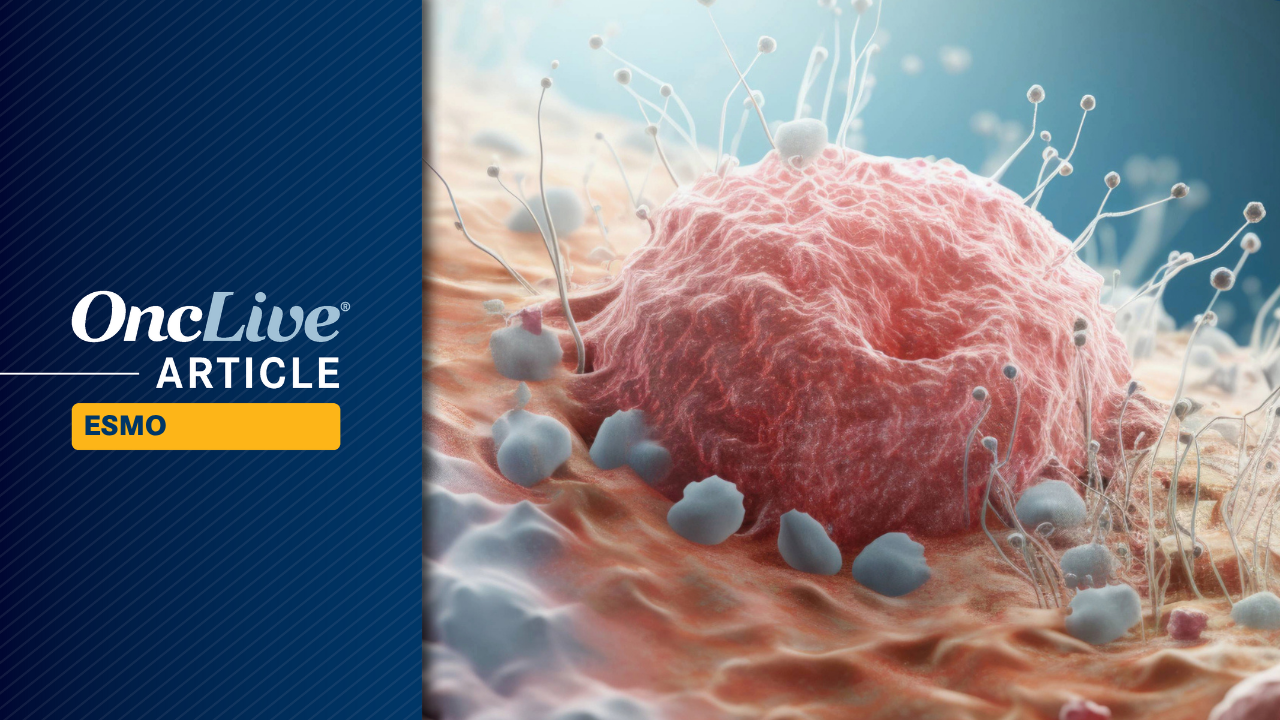Health
BNT111 and Cemiplimab Show Promise in Advanced Melanoma Treatment

Data from the phase 2 BNT111-01 trial indicate that the combination of BNT111 and cemiplimab (brand name Libtayo) is effective for patients suffering from PD-(L)1-relapsed or refractory melanoma. The trial, presented at the 2025 ESMO Congress, reported an objective response rate (ORR) of 18.1% (95% CI, 10.9%-27.4%; P = .0115), allowing researchers to reject the null hypothesis that the ORR would fall below 10%.
Among the trial’s findings were a complete response (CR) rate of 11.7% and a partial response (PR) rate of 6.4%. The disease control rate (DCR), which includes stable disease (SD), was reported at 55.3% (95% CI, 44.7%-65.6%). With a median follow-up of 15.7 months (range, 0.2-42.2), the median progression-free survival (PFS) was 3.1 months (95% CI, 1.7-6.9), while the 24-month PFS rate stood at 24.9% (95% CI, 14.9%-36.1%). Furthermore, the median overall survival (OS) was 20.7 months (95% CI, 14.4-28.3), with a 24-month OS rate of 47.8% (95% CI, 36.4%-58.4%).
Lead investigator Paolo Ascierto, MD, a full professor of oncology at the University of Napoli Federico II and director of the Department of Melanoma, Cancer Immunotherapy, and Development Therapeutics at the Istituto Nazionale Tumori IRCCS Fondazione Pascale, emphasized the significance of these results. “The results indicated statistically significant improvement of BNT111 plus cemiplimab versus an assumed historical control ORR of 10% in heavily pretreated, PD-(L)1-relapsed/refractory advanced or metastatic cutaneous non-acral melanoma,” he stated.
The trial, which began after BNT111 received fast track designation from the FDA in July 2024, enrolled 180 patients who had previously undergone treatment with up to five lines of therapy. Eligible patients included those with unresectable stage III or IV melanoma who had measurable disease and serum lactate dehydrogenase levels below the upper limit of normal.
Participants were randomly assigned to receive either BNT111 combined with cemiplimab (n = 94), BNT111 monotherapy (n = 46), or cemiplimab monotherapy (n = 44). The primary endpoint was ORR evaluated by blinded independent central review according to RECIST 1.1. Secondary endpoints included various response metrics, progression-free survival, overall survival, safety, tolerability, and patient-reported outcomes.
In the combination treatment group, the median age of participants was 64 years (range, 18-84), with a majority being male (63.8%) and having an Eastern Cooperative Oncology Group (ECOG) performance status of 0 (78.7%). Most patients had stage IV disease (97.9%), and a significant number had liver metastases (25.5%) and prior treatments that included CTLA4 blockade (48.9%).
BNT111 as a monotherapy demonstrated an ORR of 17.4% (95% CI, 7.8%-31.4%), with CR at 13.0% and PR at 4.3%. The DCR for this cohort was 58.7% (95% CI, 43.2%-73.0%). In comparison, cemiplimab monotherapy yielded an ORR of 13.6% (95% CI, 5.2%-27.4%), with a CR rate of 4.5% and a PR rate of 9.1%.
Safety evaluations revealed that treatment-emergent adverse effects (TEAEs) were common in the combination arm. Notable effects included pyrexia (any grade, 76.1%; grade ≥3, 0%), hypertension (any grade, 12.0%; grade ≥3, 6.5%), and fatigue (any grade, 25.0%; grade ≥3, 3.3%). The overall incidence of TEAEs was 98.9%, with 97.8% deemed related to BNT111.
Ascierto concluded that both BNT111 monotherapy and combination therapy exhibited a manageable safety profile, primarily due to cytokine induction through toll-like receptors by the single-stranded RNA immunotherapy. The findings from this trial may pave the way for new treatment strategies in advanced melanoma.
Disclosure: Ascierto disclosed serving in advisory roles for various pharmaceutical companies, including Bristol-Myers Squibb and Roche-Genentech, among others, and receiving research funding from multiple organizations.
-

 Science3 days ago
Science3 days agoInventor Achieves Breakthrough with 2 Billion FPS Laser Video
-

 Top Stories1 week ago
Top Stories1 week agoCharlie Sheen’s New Romance: ‘Glowing’ with Younger Partner
-

 Entertainment1 week ago
Entertainment1 week agoDua Lipa Aces GCSE Spanish, Sparks Super Bowl Buzz with Fans
-

 Business1 week ago
Business1 week agoTyler Technologies Set to Reveal Q3 Earnings on October 22
-

 World1 week ago
World1 week agoR&B Icon D’Angelo Dies at 51, Leaving Lasting Legacy
-

 Entertainment1 week ago
Entertainment1 week agoMother Fights to Reunite with Children After Kidnapping in New Drama
-

 Science1 week ago
Science1 week agoNorth Carolina’s Biotech Boom: Billions Invested in Manufacturing
-

 Health1 week ago
Health1 week agoCurium Group, PeptiDream, and PDRadiopharma Launch Key Cancer Trial
-

 Health1 week ago
Health1 week agoCommunity Unites for 7th Annual Into the Light Walk for Mental Health
-

 Health1 week ago
Health1 week agoNorth Carolina’s Biotech Boom: Billions in New Investments
-

 Entertainment1 week ago
Entertainment1 week agoRed Sox’s Bregman to Become Free Agent; Tigers Commit to Skubal
-

 Top Stories5 days ago
Top Stories5 days agoFormer Mozilla CMO Launches AI-Driven Cannabis Cocktail Brand Fast









